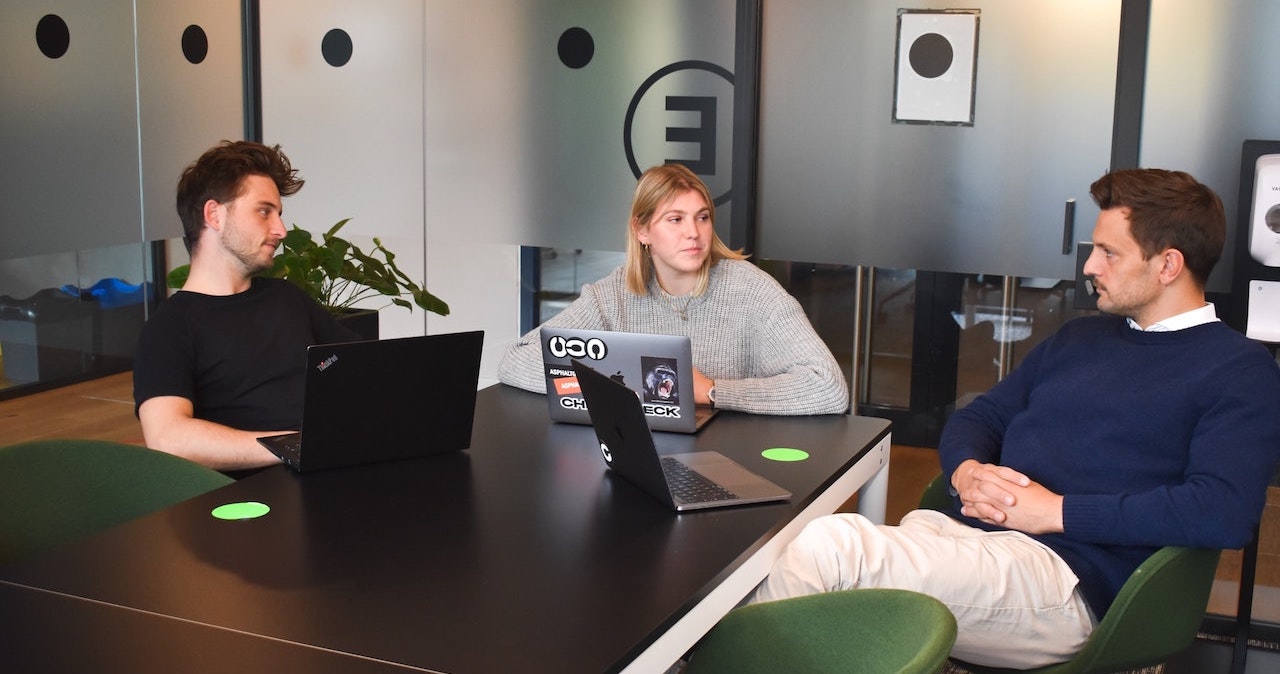November has arrived and with it comes the extension of the Coronavirus Job Retention Scheme. While some may have their furlough extended, there will be others who will be returning to the workplace. There are differences in how to communicate with furloughed and returning employees.
Those returning from furlough leave will no doubt be expected to ‘get back into the swing of things’. Seven months is a long time to be away from the day-to-day hubbub of work life and many may feel anxious about the next chapter.
Much like new recruits are in need of an element of virtual hand-holding and a thorough induction, the recently un-furloughed will need a similar level of guidance and support. But most of us had never heard of furlough before it was introduced in April 2020, let alone had to manage an en masse re-integration back to work, so how do you ensure these individuals feel part of the team from the get-set-go?
That’s not the only challenge. Employees who were prepared to return to work may now be asked to stay on furlough for another month. With the UK going back into lockdown, shorter hours of daylight and some grim weather, many may struggle mentally with this. Employers will need to have delicate conversations and offer support to those employees.
When furlough leave was first introduced, Magenta produced a guide on communicating with furloughed employees. This will be an invaluable tool for the month ahead.
Now that some employees will be returning from furlough, we thought it a fitting time to offer advice when it comes to communicating with and motivating the returning workforce.
Bring them back into the loop
Let’s presume your furloughed workers have been updated about what’s been happening in the organisation throughout their period of leave. That’s great. But the next step is to ensure they understand the full picture. It’s one thing to be sent a newsletter; it’s quite another to be invited to have a conversation or heart-to-heart with a supervisor or mentor. By explaining what’s happening (both good and bad), the employee will feel more connected to the organisation. If they’re given the information they need to do their part to support the business, they’ll begin to feel part of the team again. And from having that conversation in the first place, they’ll likely feel more valued.
It’s good to talk
Suggest managers call up their recently un-furloughed direct reports informally just to catch up on how they’re feeling. A call from HR or a director might feel uncomfortable or overly formal, so consider encouraging a ‘buddy system’, perhaps pairing those who have been on furloughed with those who have been working, so people can keep in touch and talk about their experiences.
Maintain a social bond between teams.
We have been emotionally and physically distanced since April. To move forward, it’s imperative to avoid an ‘us and them’ mindset. Think about the ways you can bridge that gap to encourage social cohesion and unity between two camps. Bringing teams together for regular social activities (even if it’s just a Zoom quiz, or virtual drinks at 5pm) is a good way to maintain morale and make everyone feel part of the same team. It will also help the team work well together once people come back into the organisation.
Appoint a culture champion
Ask your team whether anyone would want to volunteer to be a ‘culture champion’ during this unusual time – organising and managing extracurricular online clubs (film clubs, book clubs, baking clubs), virtual meet ups to exchange skills (languages, yoga, poker, etc) and support groups (for parents, those living alone, etc).
Encourage self-care
While social distancing is a good way to support people’s physical health, it can be a challenging time for their mental health. We’re all living through a crisis like no other and it’s important to ensure there’s a support network. Providing a self-care guide is a nice way to demonstrate that you care. It could include exercise ideas that people can do at home, advice on good nutrition and avoiding snacks and tips for a good night’s sleep.
Understand that everyone is different
There’s been a lot of change this year. But for those treading water between furlough leave and back to work, it’s an even bigger upheaval. People will have reacted differently to being furloughed. And those working throughout the madness of the pandemic will no doubt feel tired and perhaps a little fragile. Introverts may need less contact that extroverts, who may find home-working more difficult. And many will be concerned about their employment, their finances and the future. Make sure you understand that people react differently under these circumstances and tailor your communication accordingly.
Ultimately, it’s about creating a safe psychological environment and communicating effectively and regularly. This is a challenging period for everyone. The future is uncertain for us all. The lack of face-to-face interaction can cause mistrust and misunderstanding. Encourage everyone to input into group discussions about their feelings and experiences, respect people’s differences and opinions and watch out for signs that people are struggling. Magenta is currently working with clients – a mix of workplace / workforce specialists and inhouse facilities management, human resources and corporate real estate teams at organisations spanning every sector – on an array of internal communications and employee / stakeholder engagement programmes. For an informal chat about how we could support you with your back-to-work communication strategy, please email jo.sutherland@magentaassociates.co








